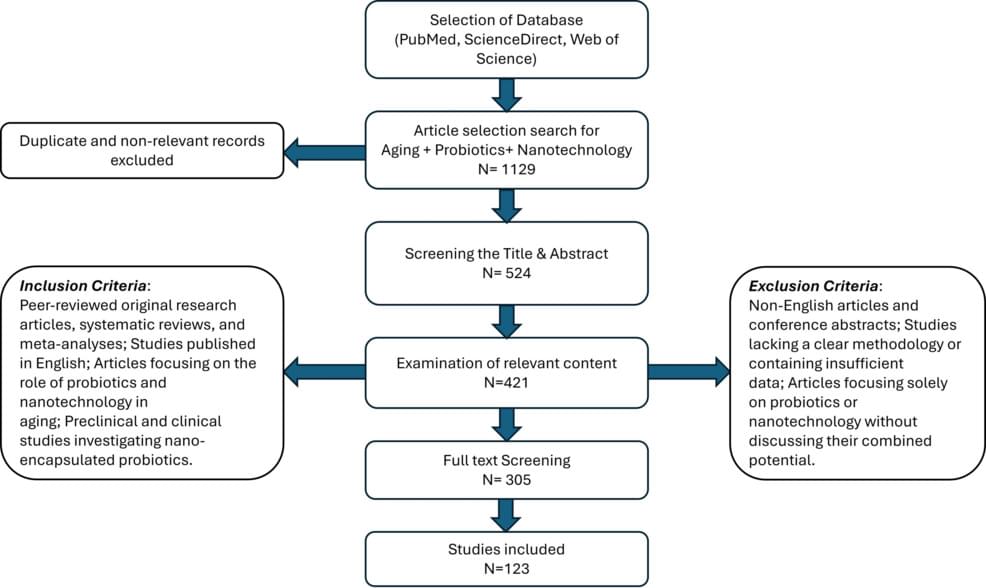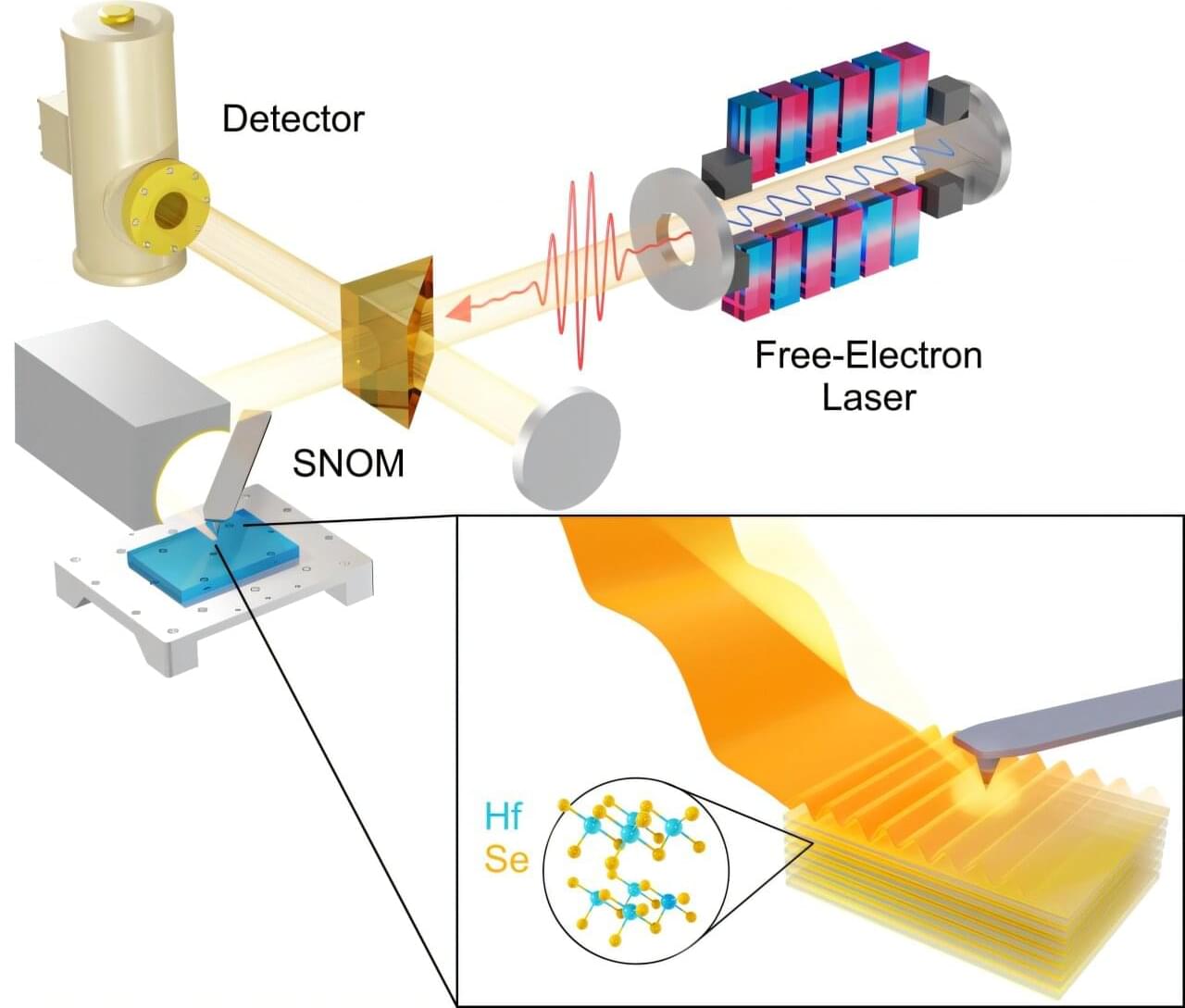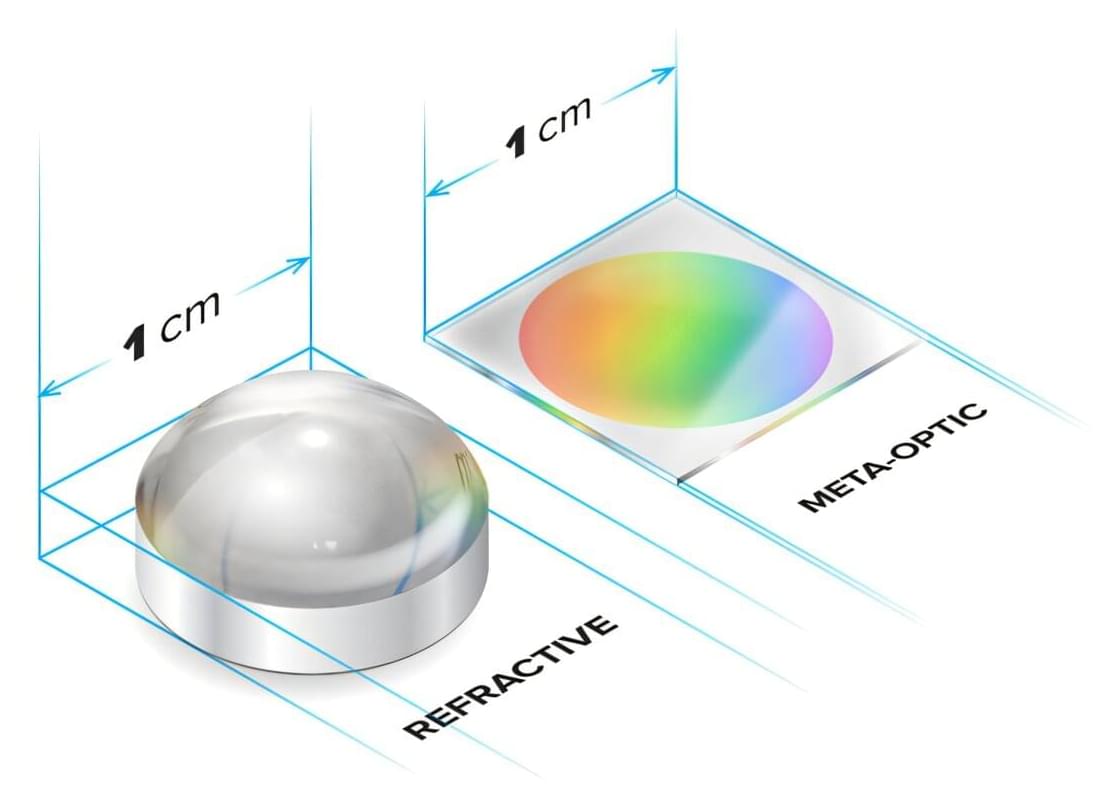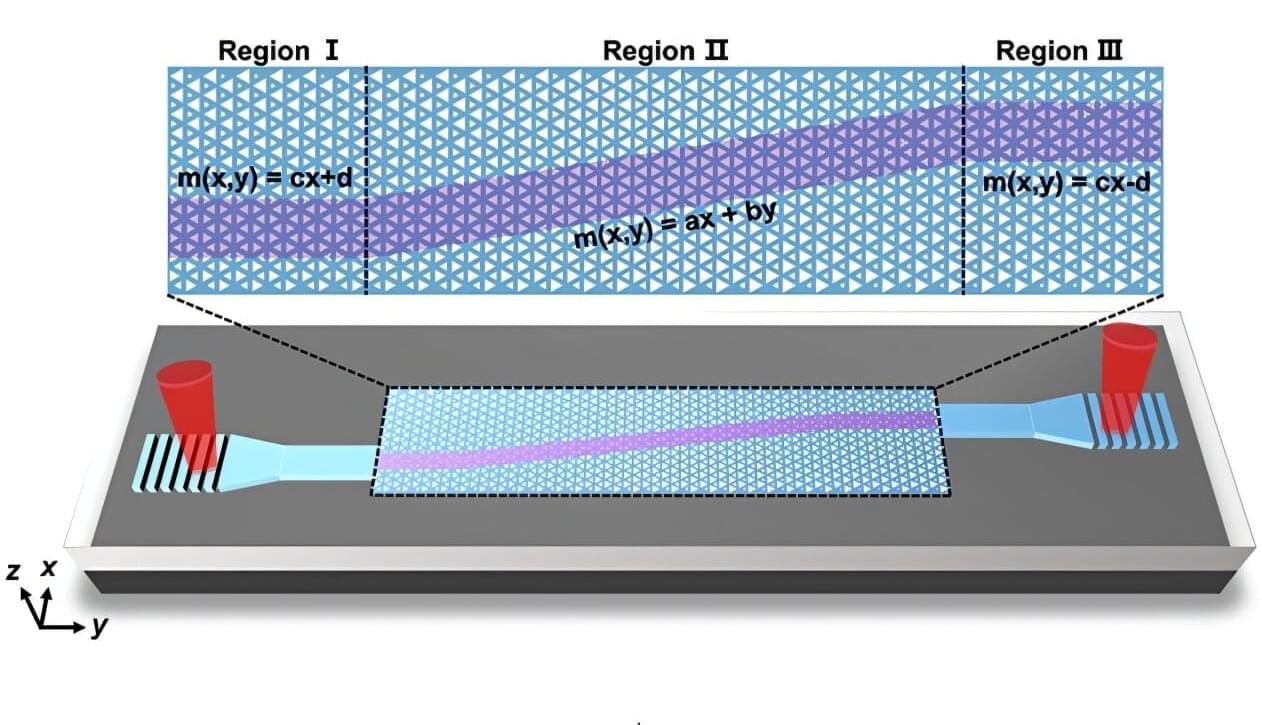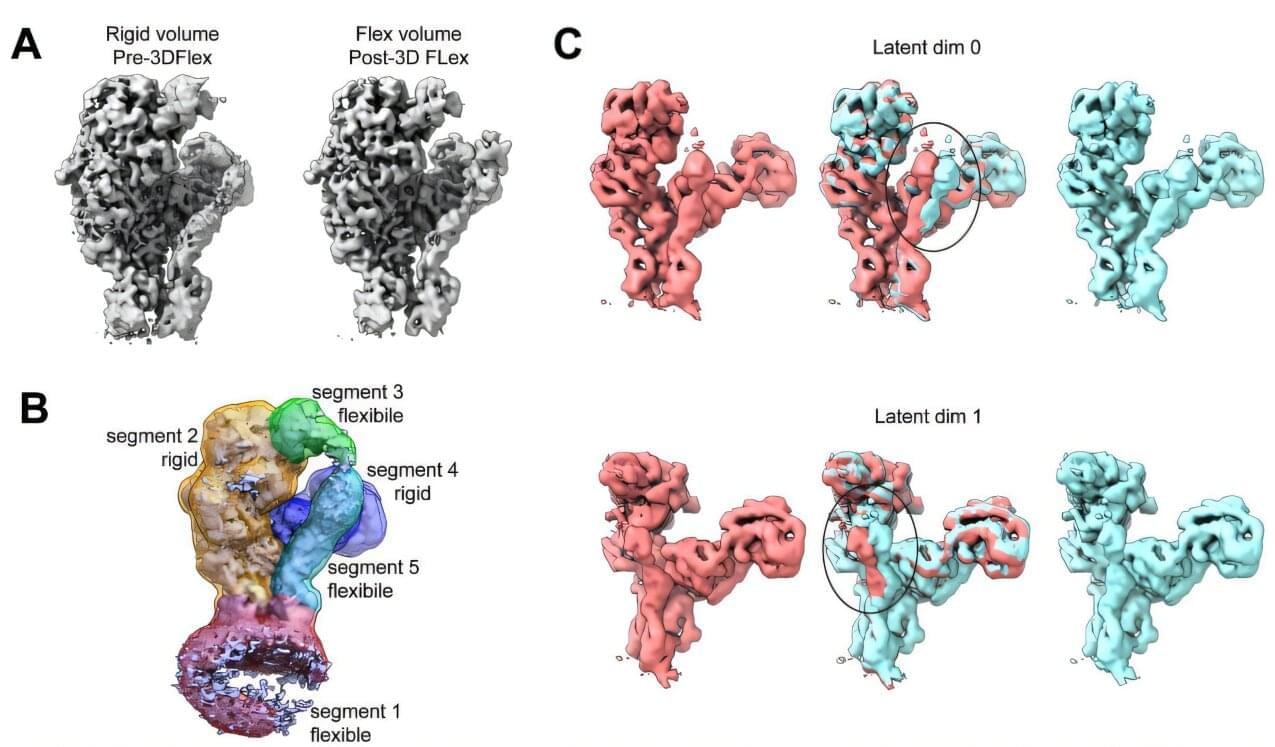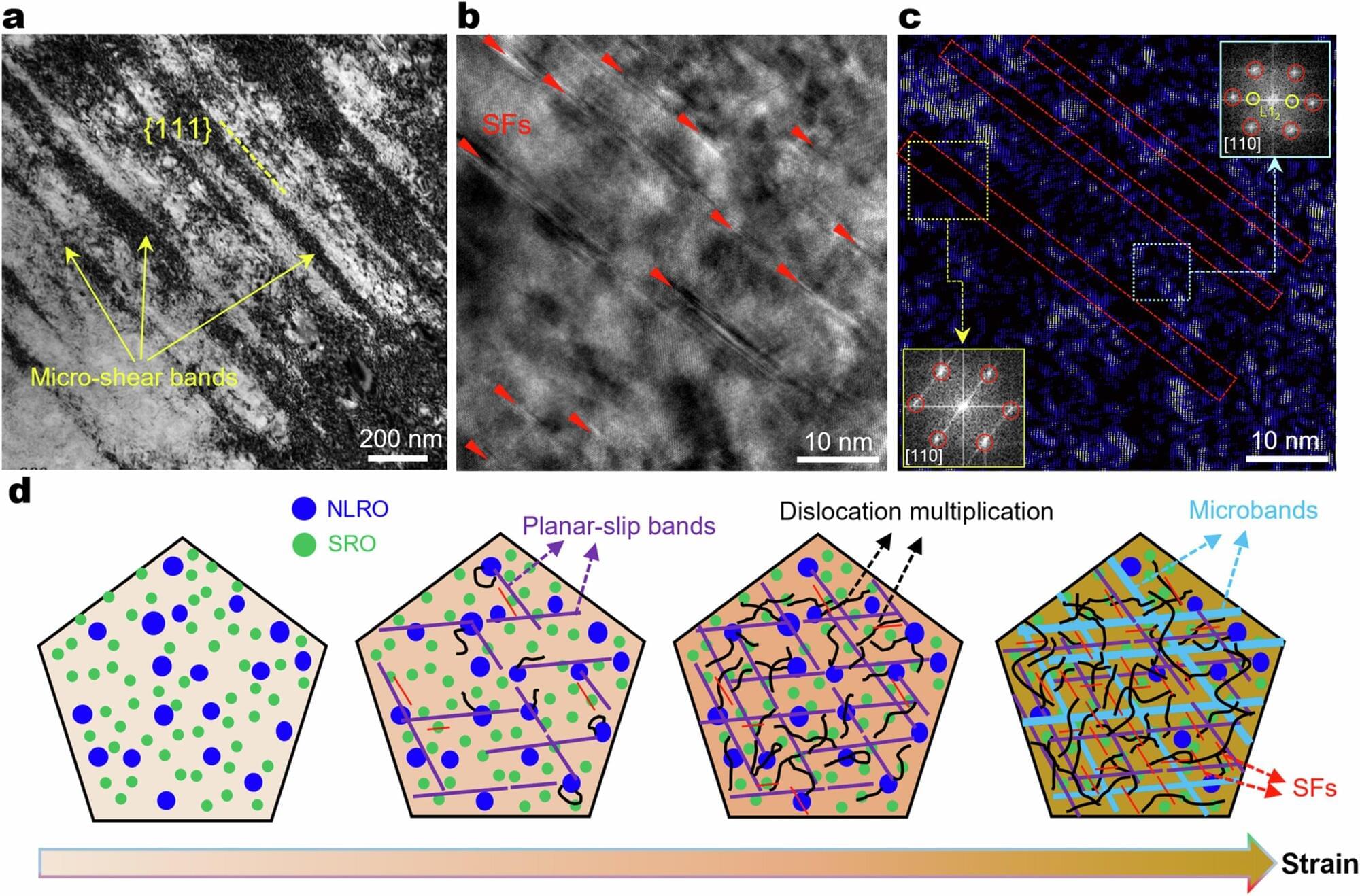Shocked quartz grains are an accepted indicator of crater-forming cosmic impact events, which also typically produce amorphous silica along the fractures. Furthermore, previous research has shown that shocked quartz can form when nuclear detonations, asteroids, and comets produce near-surface or “touch-down” airbursts. When cosmic airbursts detonate with enough energy and at sufficiently low altitude, the resultant relatively small, high-velocity fragments may strike Earth’s surface with high enough pressures to generate thermal and mechanical shock that can fracture quartz grains and introduce molten silica into the fractures. Here, we report the discovery of shocked quartz grains in a layer dating to the Younger Dryas (YD) onset (12.8 ka) in three classic archaeological sequences in the Southwestern United States: Murray Springs, Arizona; Blackwater Draw, New Mexico; and Arlington Canyon, California. These sites were foundational in demonstrating that the extinction or observed population bottlenecks of many megafaunal species and the coeval collapse/reorganization of the Clovis technocomplex in North America co-occurred at or near the YD onset. Using a comprehensive suite of 10 analytical techniques, including electron microscopy (TEM, SEM, CL, and EBSD), we have identified grains with glass-filled fractures similar to shocked grains associated with nuclear explosions and 27 accepted impact craters of different ages (e.g., Meteor Crater, 50 ka; Chesapeake Bay, 35 Ma; Chicxulub, 66 Ma; Manicouagan, 214 Ma) and produced in 11 laboratory shock experiments. In addition, we used hydrocode modeling to explore the temperatures, pressures, and shockwave velocities associated with the airburst of a 100-m fragment of a comet and conclude that they are sufficient to produce shocked quartz. These shocked grains co-occur with previously reported peak concentrations in platinum, meltglass, soot, and nanodiamonds, along with microspherules, similar to those found in ~28 microspherule layers that are accepted as evidence for cosmic impact events, even in the absence of a known crater. The discovery of apparently thermally-altered shocked quartz grains at these three key archaeological sites supports a cosmic impact as a major contributing factor in the megafaunal extinctions and the collapse of the Clovis technocomplex at the YD onset.
Citation: Kennett JP, LeCompte MA, Moore CR, Kletetschka G, Johnson JR, Wolbach WS, et al. (2025)PLoS One 20: e0319840. https://doi.org/10.1371/journal.pone.
Editor: Talaat Abdel Hamid, National Research Centre, EGYPT

